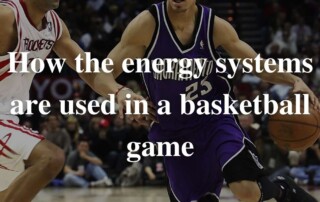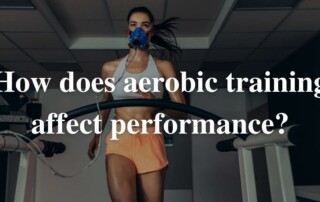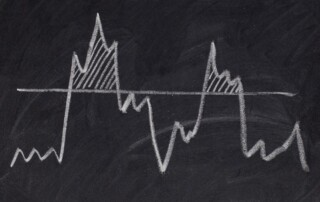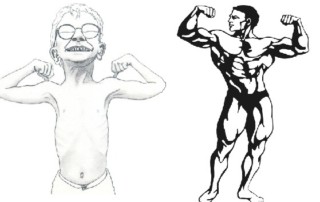How the energy systems are used in a basketball game
When the athlete first starts to move the alactacid energy system will be used to provide most ATP, while the aerobic system begins to produce ATP by breaking down glycogen and fats. After the first few seconds, the alactacid system will decrease its production of ATP and the lactic acid system will produce most of [...]









